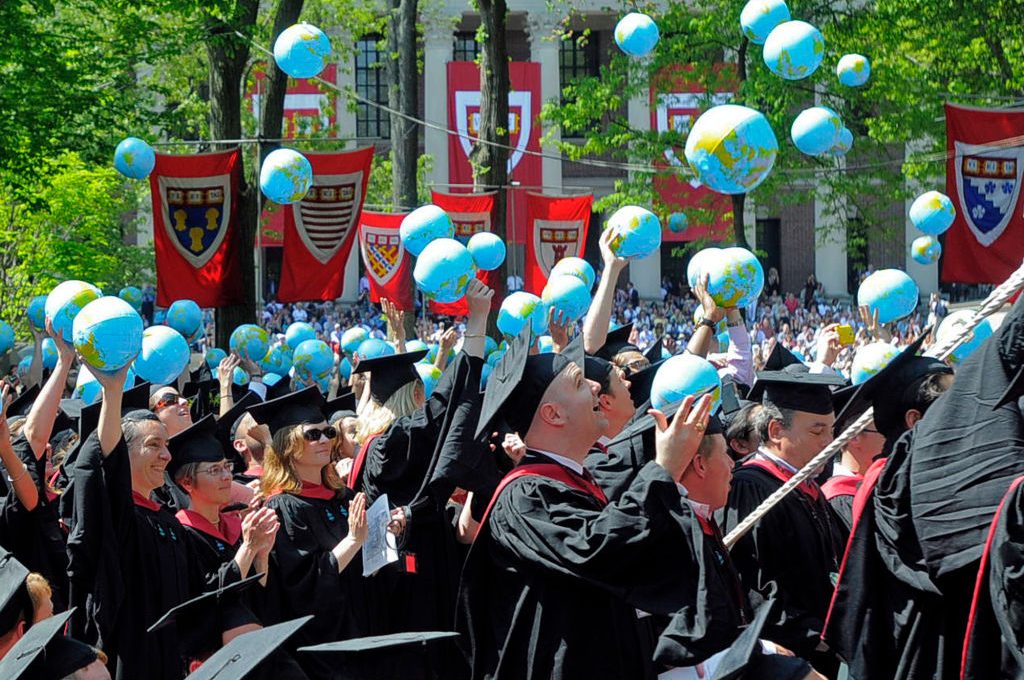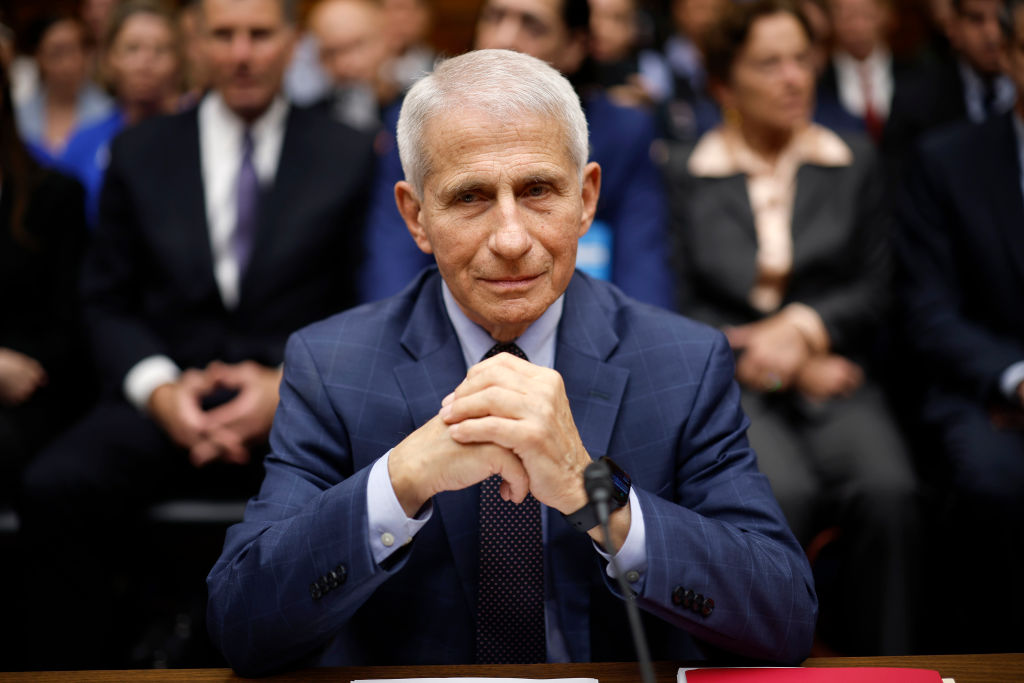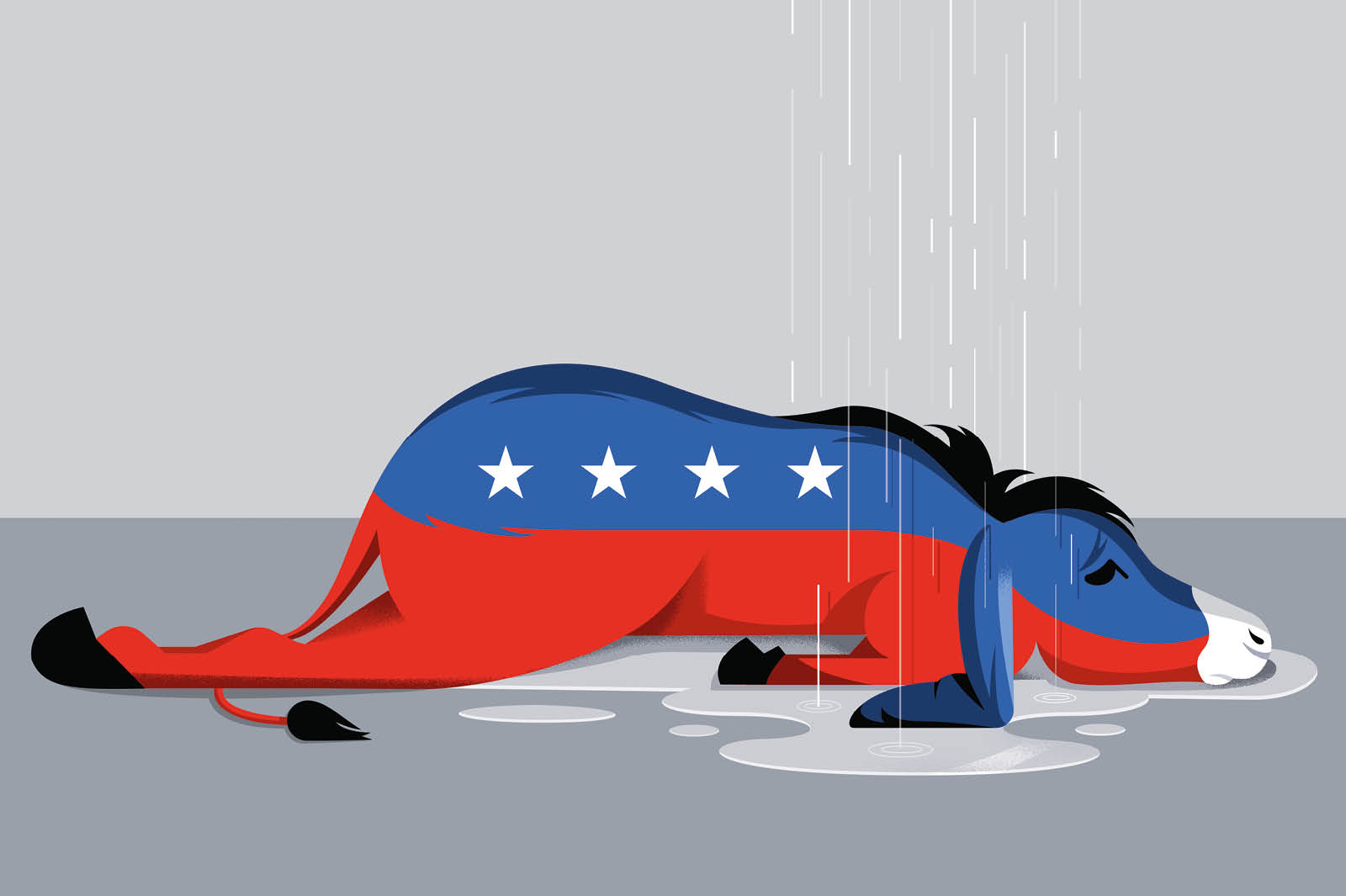Harvard may have a slightly more difficult time poaching black students from Boston College, Miami University of Ohio, or other less elite schools in the wake of the Supreme Court’s decision invalidating Harvard’s racial admissions regime. Recruiters from BlackRock and Goldman Sachs may have to suffer the indignity of recruiting their black employees from the University of Connecticut or Rice University, rather than from Stanford and Yale. But contrary to the hysterical rhetoric from President Joe Biden, the court’s dissenting justices and the Democratic commentariat, the doors of educational opportunity will remain wide open to black people. As many black students as before will go to college, assuming that they want to. Colleges will be just as eager to have them, courting them in pre-college campus tours, showering them with scholarships and financial aid, hosting them in special orientations and swaddling them with diversity bureaucrats. Every college library, biology lab, and history and chemistry course will be as welcoming to black students as they were before and as they are to students of every other race and ethnicity.
The only thing that will have changed, assuming colleges make any effort to comply with the court’s decision, is that black students will be more likely to attend schools for which they are academically qualified. At present, under the racial preferences regime that the court just overruled, black students are catapulted into schools where their academic qualifications massively lag those of their non-preferred peers. They may have a combined 1,100 SAT score on a 1,600-point scale, say, but they will be admitted to schools where the average SAT score among non-preferred students is 1,400. Harvard itself calculated in 2013 that if it admitted students based on their academic qualifications alone, less than one percent of its undergraduate student body would be black, as opposed to its then current 10 percent black share. (That 10 percent is now up to 14 percent, without any corresponding national rise in the test scores of black students.) And Harvard has the pick of the top black students nationwide. After Harvard skims off the top, each successive tier of schools below it dips further down into the applicant pool, widening the skills gap between those schools’ black students on the one hand, and their white and Asian students on the other. The largest academic mismatch, counterintuitively, occurs at the least prestigious schools.
The greater the academic mismatch, the more that the alleged beneficiaries of racial preferences struggle to keep up. Many end up in the bottom of their class; many drop out of demanding STEM majors, if not out of college entirely. If the Court’s decision manages to end that academic catapult, black students will be academically matched to the schools they attend, on the same academic footing as their peers. The result will be more black college students graduating from Stem fields and entering the Stem workforce. The result will be more opportunity, not less.
Chief Justice John Roberts’s majority opinion in SFFA v. Harvard left standing the architectural superstructure of the court’s racial preference jurisprudence. It did not overrule the preference-allowing precedents of Grutter v. Bollinger, Fisher v. University of Texas, and Regents of University of California v. Bakke. Instead, Roberts did something much more mischievous: he actually applied the court’s strict scrutiny standard for reviewing racial classifications and found such racial classifications in college admissions unconstitutional. Skeptics (such as myself) who thought that the strict scrutiny standard was a charade have been proven wrong. Though Grutter, the case that confirmed the legitimacy of admissions preferences, remains on the books as valid precedent, it is for all intents and purposes overruled, as Justice Thomas observed in his concurrence.
And not a moment too soon, if only for the dignity of the court itself. Its racial preference jurisprudence has been an incoherent embarrassment, resting on patent fictions. We were to believe that it was possible to admit academically uncompetitive students on the basis of race without burdening academically qualified students rejected from those same schools. Roberts blew up that fiction. Admissions are always zero-sum, he wrote, stating what should have been obvious from the get-go. For every student you admit, another is rejected. Harvard and the University of North Carolina (whose admissions preferences were also before the court) had not shown that their preference schemes did not harm non-preferred students — as indeed they could not.
Racial preferences jurisprudence had also held that preferences could not racially stereotype students. Previous courts who created this miserable line of equal protection cases preposterously found that preference regimes did not so stereotype students. This, too, was a patent fiction. The entire premise of “diversity” admissions is that being black means something predictably significant, that it brings a particular “black” perspective to a college class that would otherwise be lacking. The preference regime stereotyped white students as well. They were understood to be particularly benighted when it came to race relations, lacking the capacity to coexist with black Americans unless their colleges engineered a “critical mass” of black people for the white students’ educational benefit.
Hilariously, black students routinely complained of racism when their white peers turned to them in class for the black perspective. But the entire reason for having black students in any given school, according to the diversity rationale, is to provide the black perspective. Naturally, when black students charged that they were being victimized by such microaggressions, the colleges activated their diversity bureaucrats to protect the black students from further injury.
Here, too, Roberts pointed out the obvious: racial preferences under a diversity rationale inevitably stereotype their alleged beneficiaries.
Roberts’s opinion was surgical. He left intact other equal protection enormities, such as the idea that there is a difference between preferences implemented to attain a “critical mass” of black students (good) and preferences implemented in the service of a racial quota (bad). He did the minimum that he needed to do to cripple the preference regime without exposing the Court to the charge of capriciously overruling precedent.
But though Roberts crippled that regime, he did not exterminate it. He left open a very large loophole, which may well swallow everything else. Colleges can still use what is known in the field as “holistic admissions.” They can still consider how a student’s race shaped his life and character, if the student brings up that effect in his college admissions essay, Roberts wrote. This is a huge exception that Harvard and every other college are already scheming to employ. Indeed, holistic admissions are already the rule. No college confesses to using racial quotas (though in fact they all do). They always claim to consider each student “holistically” and individually. Race, they say, is just a modest possible addition to a student’s otherwise glowing profile. So when Roberts purports to limit his loophole by announcing that a “student must be treated based on his or her experiences as an individual — not on the basis of race,” he is merely parroting the duplicitous bromides of the preference-mongers.
And that parroting has been noted across the land. Harvard president Lawrence Bacow, in his characteristically self-righteous memo to the “Harvard community” the morning of the decision, pointedly observed that the court had allowed universities to consider a student’s “discussion of how race affected his or her life, be it through discrimination, inspiration, or otherwise.” Bacow immediately adds: “We will certainly comply with the court’s decision.” And why shouldn’t Harvard comply, since it has been given a green light for continuing to use race in admissions. Any college admissions consultant who is not already beefing up his training materials for writing race-revelatory college admissions essays is professionally negligent.
Future litigation will turn on this college admissions essay loophole. Roberts has not provided a road map for how to tell if colleges have treated students individually or on the basis of race — a distinction that is itself a fiction, once race is allowed into the picture. Also unknown is whether colleges will further decrease their use of standardized test scores, which can provide quantitative evidence of preferences, and how future courts will assess future test score gaps.
Curiously, the considerable effort made by the plaintiffs to shift the preference discussion away from the white-black axis to the Asian-black axis seems to have been unnecessary. All the pre-oral argument fuss over whether Harvard was using its personal likeability scores to penalize high-achieving Asian students fell by the wayside. SFFA had tried to draw analogies between Harvard’s treatment of Asian applicants and its earlier treatment of Jewish applicants. This was always a disingenuous comparison. Harvard’s previous ceiling on Jewish students did originate in anti-Semitic bias. But the only reason that Harvard excluded so many perfect-scoring Asian applicants was that they took up places that needed to be kept clear for much lower-scoring black students. Anti-Asian animus had nothing to do with it. The Roberts opinion sidestepped the statistically complicated back-and-forth about the role of personal ratings in Asian admissions and applied a (for once) more straightforward strict scrutiny analysis.
Though the future of racial preferences is by no means clear, at the very least, the decision should smoke out the nauseating snobbery that underlay the preference regime. Its founding idea was that if black students did not attend the most elite colleges, despite not being academically qualified to do so, their careers were effectively over. Attending a second- or third-tier college, for which those black students were qualified, would doom them to lives of second-class citizenship. The University of California, Berkeley, Harvard, Yale and others routinely proclaimed that if they were not allowed to exercise racial admissions preferences, society would lack a future leadership class. Likewise, big corporations announced that if flagship public universities and top-ranked private colleges were not allowed to use racial preferences, those corporations would not be able to recruit a “diverse” workforce (as if that mattered).
The mystery was why those second- and third-tier schools put up with such condescension. If it is so career-killing for black students to attend one of those colleges, why should any student suffer the indignity of graduating with a degree from the University of California, Riverside, say, or from the University of California, Irvine? Why not shut down all such accursed schools and send every student to Berkeley and Stanford? The leaders of those spurned colleges should have responded: students who graduate from our college will be magnificently prepared for a full, productive life; we offer boundless educational opportunities and support.
The SFFA decision will have less impact on college admissions than is being predicted for it, thanks to its holistic admissions loophole. But what it will most decidedly not do is “entrench racial inequality in education,” as Justice Sonia Sotomayor claims in dissent. Colleges will continue seeking out black students with as much fervor as before. Every black student who wants to go to college will find an abundance of colleges eager to enroll him. And if those black students are academically matched to their colleges, they will succeed, like all of their peers, to the extent that they put in the effort to learn. Justice Sotomayor writes in lamentation that “equal educational opportunity is the prerequisite to achieving racial equality in our Nation.” Nothing the court decided contradicts that belief.
This article was originally published on The Spectator’s UK site.

























